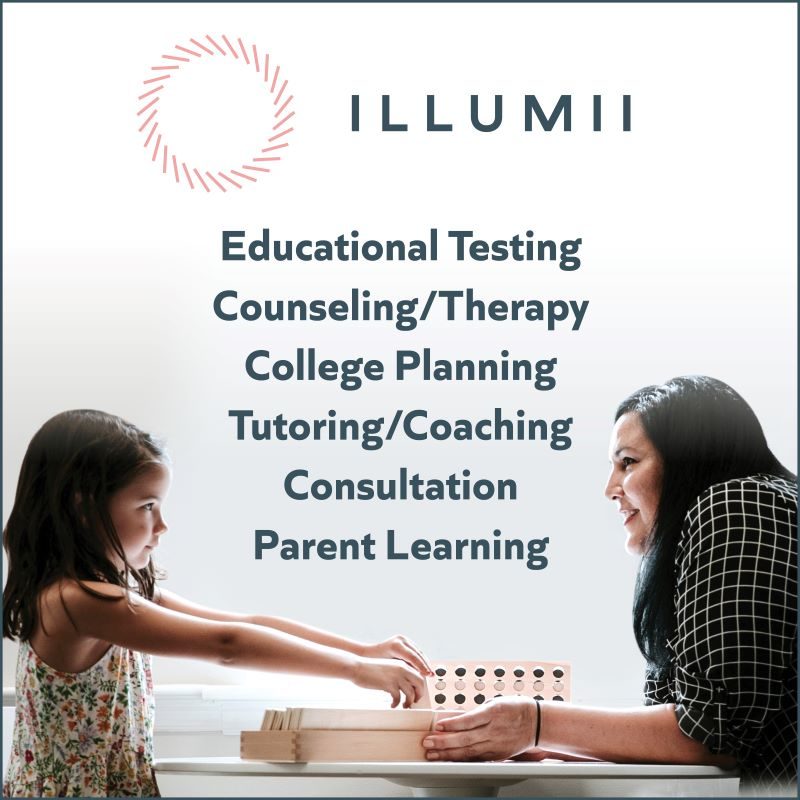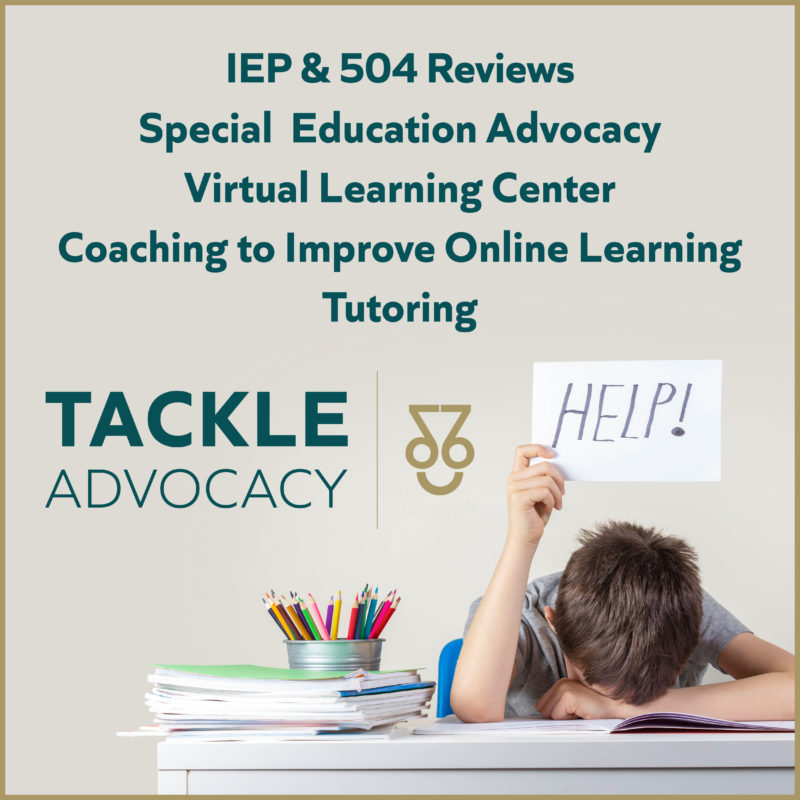By Guest Bloggers Annie B Trent of Tackle Advocacy, and Kristin Bennett of Illumii
The 2020-2021 school year has arrived, and many children are still attending school remotely. Lives have been turned upside down. The COVID-19 pandemic has upended routines and schedules. Children are craving normalcy, but what is our new normal? Our new normal still includes supporting and advocating for our children; it just requires us to think more about helping children in ways that we hadn’t previously thought of.
While uncertainties and challenges exist for everyone today, children with unique learning needs have been hit incredibly hard. The shift to remote or blended learning has created a significant challenge for students with learning disabilities. Meeting the complex needs of these children can be stressful, frustrating and emotionally draining for the parents and students.
 And, you might be wondering if schools still have to provide special education services. The answer is yes. Schools must plan for how kids can use accommodations or get equal access to learning online or at home.
And, you might be wondering if schools still have to provide special education services. The answer is yes. Schools must plan for how kids can use accommodations or get equal access to learning online or at home.
Since it is the beginning of the school year, now is the time for an important first step. Request, in writing, for your child’s IEP (Individualized Educational Program) or 504 plan to be reviewed. The IEP does not necessarily need to be rewritten, but addendums can be added to the current IEP if changes are needed to support virtual learning. Setting up this meeting with the school to review the IEP or 504 plan is key to helping your child have a successful educational experience.
REMEMBER… IEP MEETINGS CAN BE CONDUCTED USING A VIRTUAL FORMAT. Here are some critical areas to focus on at this meeting to ensure parents receive specially designed instruction for their children during virtual learning:
 1) Existing accommodations and modifications – Are these appropriate for your child’s current learning platform? Does anything need to be added in order for your child to access instruction to the fullest extent possible? Are your child’s unique learning needs being met?
1) Existing accommodations and modifications – Are these appropriate for your child’s current learning platform? Does anything need to be added in order for your child to access instruction to the fullest extent possible? Are your child’s unique learning needs being met?
2) Priorities – As a team, look at your child’s IEP goals and prioritize what is the most important and should be addressed during this altered format for learning. Remember, flexibility is key and some goals may not be appropriate for online learning. They do not have to be removed from the IEP but know that their teachers might not adequately address these goals during COVID-19.
 3) Progress – How is your child’s teacher documenting the specially designed instruction during online or blended learning? What measurement tool is used to determine if there is progress? What is the frequency of this measurement? How are results being recorded and shared with other teachers and parents?
3) Progress – How is your child’s teacher documenting the specially designed instruction during online or blended learning? What measurement tool is used to determine if there is progress? What is the frequency of this measurement? How are results being recorded and shared with other teachers and parents?
4) Addendums – What additional supports are needed to access instruction during online or blended learning to ensure your child successfully access instruction?
Nothing is perfect in these uncertain times, and flexibility is the key word all parents should remember and use as this school year ebbs and flows. Know however, that you don’t have to navigate this process alone – there are a number of online academic and advocacy resources available to guide you in this process. As parents you should be advocating for your children and there are people available to help you.
*Sponsored by Tackle Advocacy


















